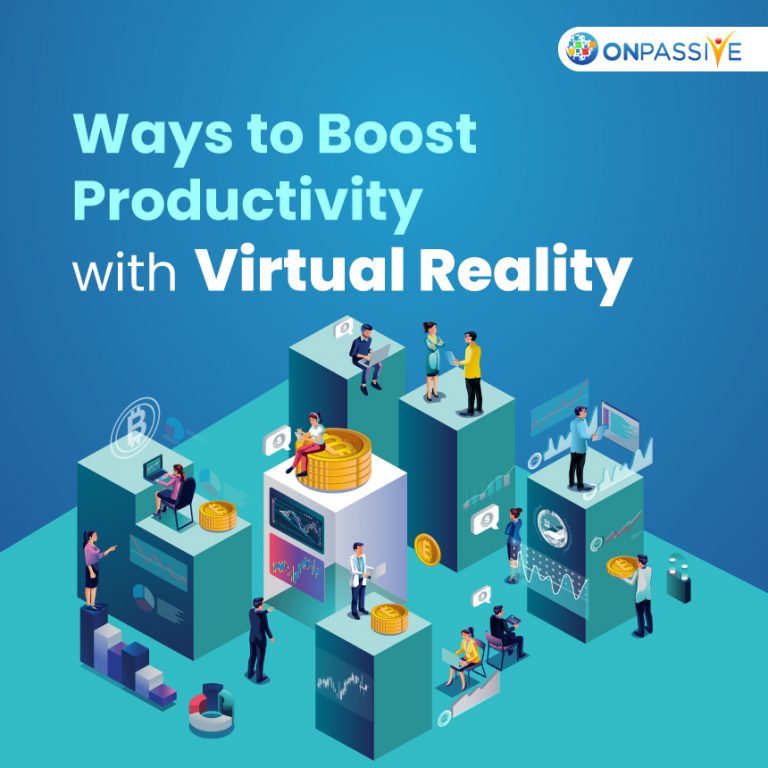
If you are a growing startup aspiring to be a successful business, you must understand how important it is to maintain and strengthen your productivity. Most often, organizational productivity is evaluated through employee output and system operations. In a nutshell, your team’s productivity makes it more cost-effective as an asset; thereby, you can earn great profits.
However, a situation like a pandemic has taken a toll on employee morale. Business operations have been disrupted, and productivity has curtailed largely. While this challenging time is forcing companies to make survival their goal, boosting organizational productivity is one of the best ways to overcome the prevailing challenges.
Virtual reality is a technological advancement that is helping businesses, especially startups, boost their productivity by saving costs and improving efficiencies. But what is virtual reality? Let’s dive into this article to understand the concept and its applications.
Virtual Reality
Virtual reality, as its name suggests, replaces the real world with an artificial digital environment. Users can engage and interact with the digital world in these 3D environments. It is an interface where users can meet and collaborate with others.
Virtual reality is realized through VR headsets-they come in two forms: PC-connected headsets and standalone VR headsets.
PC-connected headsets are connected to a computer system, and with these vast computer processing powers, they generate digital content to offer a virtual experience to their users. Moreover, they come up with unique hardware like sensor gloves that add an extra layer of interactivity to the overall virtual experience.
On the other hand, standalone VR headsets don’t need computer processing power and are comparatively inexpensive. They facilitate the user to simply connect their mobile phones to the headset to gain a virtual experience.
It’s quite evident that the power of VR is boosting productivity-right from saving costs needed in terms of travel and time to training employees remotely without wasting company resources. Following are some of the ways in which VR is helping businesses boost their productivity:
On-the-job Training
VR is gaining popularity for its unique ability to offer on-the-job training to thousands of employees at a time. Employees do not need to travel and come to office locations to seek the training. They can learn a necessary skill and gain knowledge in the comfort of their home.
Moreover, it provides an immersive experience that can inculcate more information and insight into employees than one-to-one mentoring.
While these training sessions can get costly for many startups at first, they can be used multiple times, which makes them a great long-term investment.
Smart Recruitment
If you are a startup striving to save your budget on the recruitment process, VR-based recruitment will help you with the same. VR technology employs a smart recruiting process by opening up the doors to virtual meeting rooms and interview spaces.
The 3D environment supported by VR helps businesses recruit the best talent much faster while using very few real-life resources. Such a smart recruitment process naturally fosters productivity.
Remote Collaboration
VR brings together a team across the world under the ambit of one 3D virtual space to work on product designs, marketing strategies, prices, and more.
The scope of VR-based experience is much broader as compared to popular video conferencing applications like Zoom and Skype, as it provides an interface to observe and assess a user’s body language. Thereby, sellers can understand their prospects in a much better way.
Moreover, VR enables startups to work together and collaborate as aptly as they would in reality.
Achieve Optimal Design and Performance
VR plays a crucial role in product design, development and, testing. It becomes very easy for designers to make 3D models, rotate them and modify them as they go along to achieve an optimal design. More importantly, businesses can largely save resources on the manufacturing and rebuilding process.
For instance, software tools like CAD reduce the costs by delivering one-off perfect products.



Rukiya Khatun
3 years ago